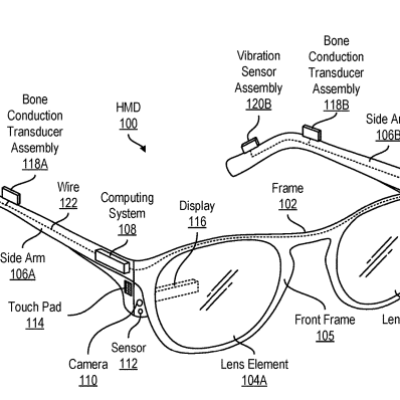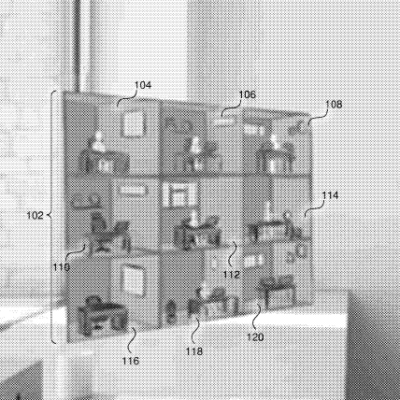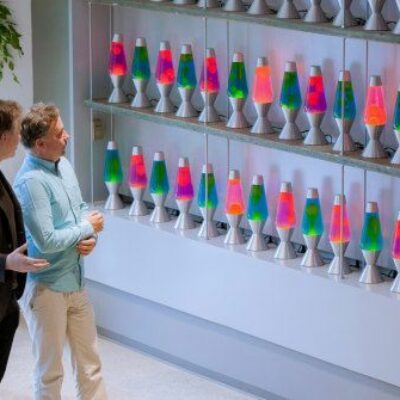Every technology comes with its own challenges and requires its own series of innovations to meet them. Virtual reality (VR) is no exception.
The prominent media devices of today such as TVs, computers, and smartphones provide the same experience to everyone. Need for user-based customization is very little. A user may adjust his computer monitor’s height according to his viewing angle – but that’s pretty much it.
VR headsets are not like that. To provide the best experience they need to fit the ‘geometry’ of your eyes like shoes need to fit your feet.
Recall a time when you had to share a pair of binoculars. You had to “adjust” its width according to the space between your eyes, right?
The horizontal gap between the center points of your eyes is called the interpupillary distance (IPD). It differs from person to person. And this is the reason you have to adjust the gap between the two arms of the binoculars to view comfortably.
This same problem also exists with VR headsets and is described in more detail in a patent which Facebook (or Meta) got just a few weeks back.
Many VR headsets provide some form of control (e.g., a knob) to adjust the gap between the left and right eye-pieces. A side effect of such an adjustment is that the position of the eye-piece with respect to the displayed image gets disturbed. This is not much of a problem for 2d images but 3d images that are inherently position sensitive can get greatly distorted.
Meta engineers have come up with a technique that overcomes this distortion problem. A special sensor fixed with respect to the eyepiece assembly determines the position of the eyepieces with respect to the display. It then feeds this information to a controller.
The controller then offsets the image projected on the physical display by a few pixels such that its center remains aligned with the center of the eyepiece. Such an adjustment does not require any physical change in the position of the display and therefore, does not cause any distortion.
The following diagram from the patent shows this visually:
This innovation can lead to a more comfortable and superior user experience in a 3d virtual world, while maintaining the reliability and mechanical sturdiness of the VR headset.
From gaming to medical science, the impact of AR/VR technology is increasing and side by side, VR hardware is getting increasingly sophisticated. As we have seen with smartphones, companies with superior and more popular hardware can enjoy special privileges in the marketplace. That’s why many players other than Meta, such as Microsoft, Valve and start-ups like Magic Leap are in this race to innovate.
Enjoyed this piece? Subscribe to Blip newsletter for more.
P.S. Cover Photo by Remy Gieling on Unsplash


